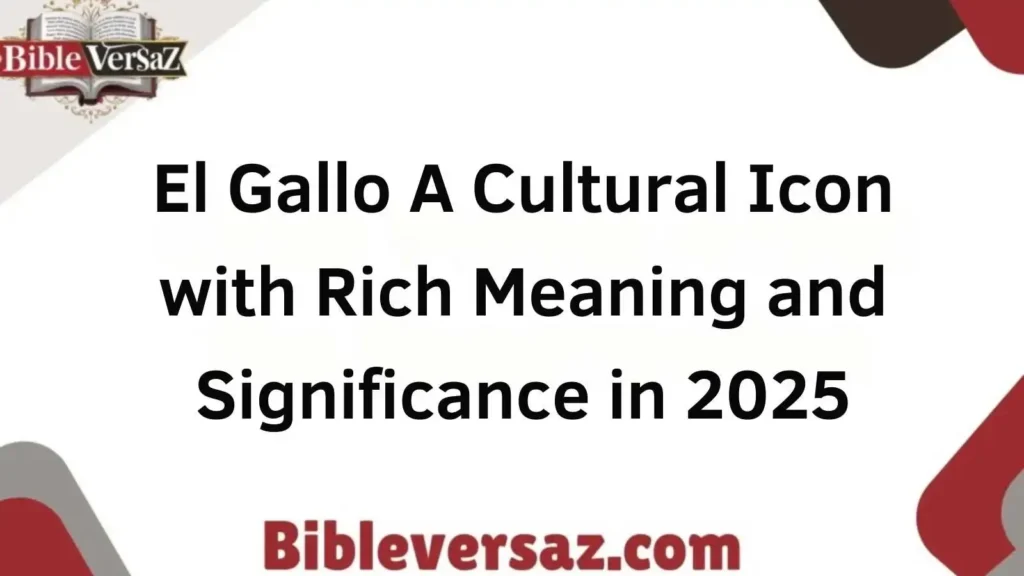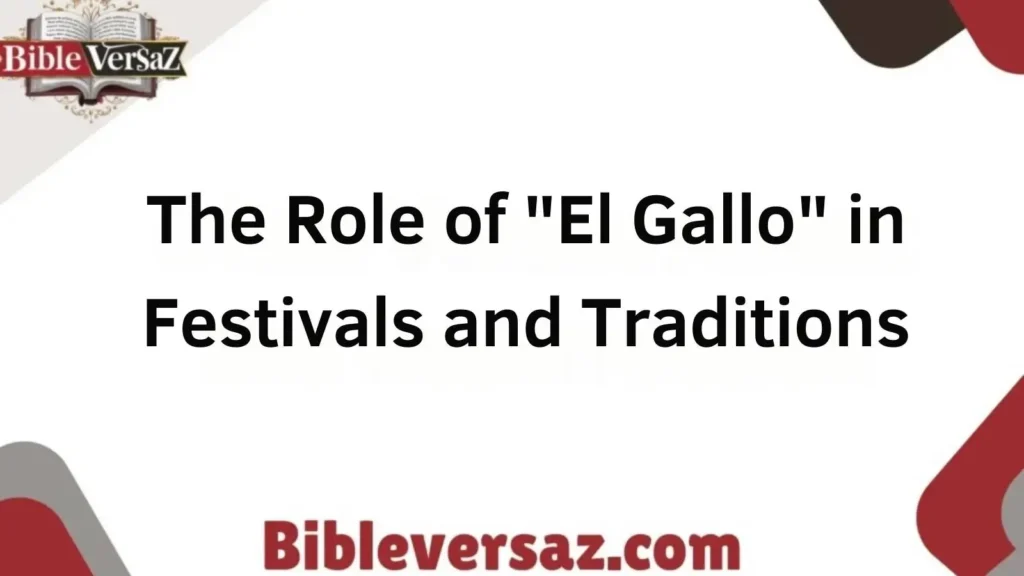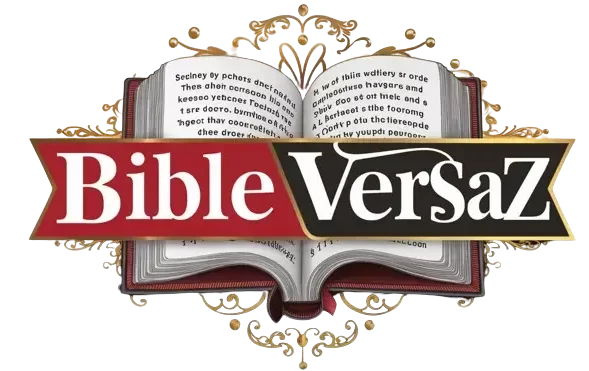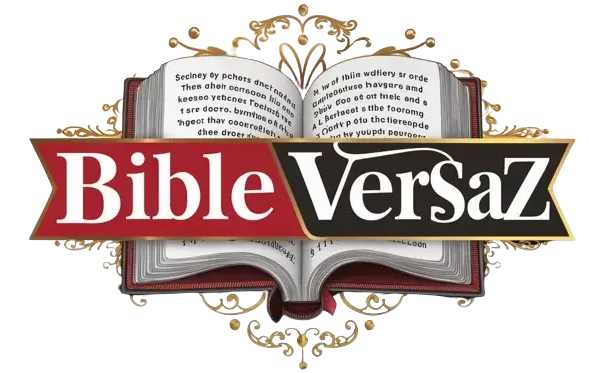Welcome! If you’ve ever seen the vibrant and colorful image of a rooster, or “El Gallo,” and wondered about its deeper meaning, you’re in the right place.
El Gallo is not just a bird; it’s a cultural icon that carries rich symbolism, historical significance, and a unique place in Latin American traditions.
Whether you’re drawn to its role in folklore, its representation of courage, or its connection to celebrations, El Gallo’s impact is felt far and wide.
In this article, we’ll explore why El Gallo continues to captivate hearts and minds in 2024. We’ll delve into its historical roots, the symbolism it carries, and how it’s celebrated in modern times.
Ready to discover how this iconic bird holds both cultural and personal significance? Keep reading to uncover the layers of meaning behind El Gallo!
Literal Meaning of “El Gallo”
At its core, “El Gallo” is a simple translation—“The Rooster” in English. But there’s more to it than meets the eye.
What Does “El Gallo” Mean?
In Spanish, “gallo” is a common term used to refer to a rooster or a male chicken. It’s often associated with the crack of dawn, the morning crowing, and the beginning of a new day.
In rural areas, roosters have been an essential part of daily life for centuries, marking time and symbolizing vigilance and discipline.
Phonetic Breakdown:
- El Gallo: [el gah-yo]
- The term is used in many Spanish-speaking regions, with some slight variations in pronunciation depending on the accent of the speaker.
Though “el gallo” refers directly to the bird, it can carry deeper meanings, reflecting various symbolic and cultural contexts.
Symbolism and Cultural Significance of El Gallo

Roosters have held symbolic importance across cultures, particularly in Spanish-speaking communities. The term “El Gallo” often goes beyond just a literal animal, embodying values of strength, courage, and honor.
The Rooster as a Symbol of Strength and Courage
In Spanish culture, the rooster has long been a symbol of masculinity, power, and pride. The rooster’s crowing at dawn signifies a new beginning, a call to action, and often, a declaration of readiness for a challenge.
Its role as a fighter in nature adds to its symbolism of resilience and tenacity.
“El Gallo” in Folklore and Proverbs
The rooster is prominent in Spanish folklore and traditional proverbs. For example:
- “El gallo que canta no pelea.” (The rooster that sings does not fight) – This saying implies that those who boast or make noise are often not the ones who are effective.
- “Cuando el gallo canta, la hora está marcada.” (When the rooster crows, the hour is marked) – This suggests that the rooster’s crow is a reliable signal, symbolizing punctuality and precision.
Such phrases emphasize the rooster’s connection to time, vigilance, and discipline in everyday life.
The Awakening of New Beginnings
The rooster’s crowing marks the arrival of dawn, a time of renewal and opportunity. In Mexican culture, the rooster represents hope and the promise of a new day, signaling that despite yesterday’s struggles, today brings fresh chances and clarity.
“El Gallo” in Popular Culture
The term “El Gallo” also enjoys a prominent role in music, literature, and media, especially in Latin American and Mexican cultures.
Music and Songs: The Rooster in Latin Music
One of the most famous songs featuring “El Gallo” is the iconic “El Gallo de Oro” (The Golden Rooster), a ranchera song by the legendary Mexican singer Vicente Fernández.
The song’s lyrics portray a proud and unyielding character who is as fierce and spirited as the rooster itself. The rooster in this context symbolizes a brave individual, someone who faces challenges head-on with confidence and pride.
Famous Lyrics from “El Gallo de Oro”:
“Yo soy el gallo de oro, el que no le teme a nadie.”
(I am the golden rooster, the one who fears no one.)
In Spanish folk music and boleros, the rooster is often a symbol of pride and fearlessness, used as a metaphor to describe those who are unyielding in their pursuit of their goals.
“El Gallo” in Literature and Cinema
From Mexican cinema to literature, the rooster appears as a central figure in many works. In Mexican literature, the rooster represents not just nature, but a sense of community and survival.
In cinema, particularly in Mexican films, the rooster is often depicted as a symbol of heroism, courage, and resilience in a country where struggle and survival are recurring themes in storytelling. A good example is the famous character of El Gallo in the Lucha Libre world.
“El Gallo” in Mexican Cuisine
No discussion of “El Gallo” would be complete without considering its role in Mexican cuisine. Roosters aren’t just symbolic; they also play an important role in traditional Mexican cooking.
Rooster Dishes in Mexico
One of the most well-known dishes featuring rooster is Gallo en Mole, a traditional Mexican dish made with rooster meat simmered in a rich and flavorful mole sauce. This dish is popular during festive occasions and represents the hearty, robust flavors that Mexican cuisine is known for.
Gallo en Mole Recipe (Simplified):
- Ingredients: Rooster meat, mole paste, chicken stock, onions, garlic, sesame seeds, and chocolate.
- Preparation: The rooster is cooked in a deep, savory mole sauce made from roasted chiles, spices, and chocolate, creating a dish full of flavor and history.
Festivals and Rooster Feasts
In rural Mexican regions, the rooster is often slaughtered for large feasts during family gatherings and festivals. This culinary tradition ties into the rooster’s symbolism of fertility, strength, and prosperity.
El Gallo plays a significant role in these communal celebrations, where the bird is appreciated both for its flavor and its representation of cultural heritage.
El Gallo in Mexican Wrestling (Lucha Libre)
In the world of Mexican wrestling, known as Lucha Libre, roosters often serve as a metaphor for the fighters themselves.
Mascot and Symbol of Fighters
In Lucha Libre, wrestlers often take on animal personas, and the rooster, with its fierce nature, is a common choice for many wrestlers’ ring personas. The rooster represents a character who is courageous, combative, and always ready to fight, no matter the odds.
Iconography in Lucha Libre
Wrestlers like El Gallo or El Gallo Negro (The Black Rooster) embrace the symbolism of the rooster in their masks, costumes, and personas. They portray themselves as proud, fearless characters, drawing inspiration from the animal’s natural resilience and dominance.
“El Gallo” as a Metaphor
Beyond its literal and symbolic roles, “El Gallo” also serves as a metaphor in everyday language and expressions.
The Rooster as a Fighter
In Spanish, referring to someone as “un gallo” means that the person is someone who is strong-willed and unafraid to face challenges. Just like the rooster, they are seen as brave and ready to fight for what they believe in.
Popular Phrases and Idioms Involving “El Gallo”
- “A gallear”: To act confidently or with pride, akin to how a rooster struts around.
- “Gallo de pelea”: A fighter, someone who doesn’t back down from a challenge.
These phrases highlight how the rooster, or “gallo,” is used to describe someone with bravery, stubbornness, and determination.
El Gallo in Religion and Spirituality
The rooster also carries significant meaning in Christianity and other religious contexts.
The Rooster in Catholic Iconography
In the Catholic Church, the rooster is a well-known symbol. The most famous association comes from the biblical story of Peter’s denial of Christ.
According to the Gospel, after Peter denied Jesus three times, a rooster crowed, signifying his betrayal. The rooster, in this sense, represents warning and remorse.
Spiritual Significance of El Gallo
In various traditions, El Gallo symbolizes watchfulness and protection. It’s seen as a divine signal, alerting believers to moral clarity or spiritual awareness.
The Role of “El Gallo” in Festivals and Traditions

Festivals celebrating El Gallo offer a unique opportunity to delve into the rooster’s symbolism in Mexican culture.
Festivals Honoring the Rooster
In certain regions, the “Día del Gallo” (Rooster Day) is celebrated, particularly in rural Mexico. It’s a time when communities gather to honor the rooster through music, dance, and feasts, all celebrating the bird’s important role in daily life and tradition.
Rooster Symbolism in Cultural Celebrations
Roosters are often used as part of the decorations, rituals, and processions during cultural festivals. Their presence signifies strength, renewal, and connection to ancestral heritage.
Global Perspectives on “El Gallo”
While El Gallo is deeply rooted in Latin American culture, the symbolism of the rooster transcends language and borders.
Rooster Symbolism Worldwide
In other cultures, like French, Italian, and even Chinese, the rooster holds similar symbolism. It is a universal symbol of courage, strength, and fertility, albeit expressed differently. For instance:
- In France, the rooster is the national emblem, symbolizing the country’s values of liberty and independence.
- In China, the rooster is a sign of bravery, especially in the Chinese zodiac, where the Year of the Rooster is associated with confidence and resourcefulness.
Conclusion
The meaning of “El Gallo“ is rich, multifaceted, and deeply intertwined with the history, culture, and traditions of Spanish-speaking societies. From its humble role as a barnyard bird to its transformation into a symbol of courage, resilience, and new beginnings, “El Gallo” holds a place of honor in folk traditions, art, music, cuisine, and spirituality.
Whether you encounter “El Gallo” in a song, a dish, or a local festival, its symbolism offers a window into the heart of Mexican and Latin American culture.
It represents the strength to face life’s challenges, the promise of new opportunities, and the enduring spirit of the people who proudly embrace its meanings.
So, the next time you hear a rooster crow, remember—it’s more than just a sound. It’s the voice of history, culture, and human spirit.

Dariel Campbell’s writing at BibleVersaz.com reflects his unwavering commitment to sharing God’s word with sincerity and grace. With a focus on practical applications, his work encourages readers to live out their faith in everyday life, making scripture accessible and impactful.


